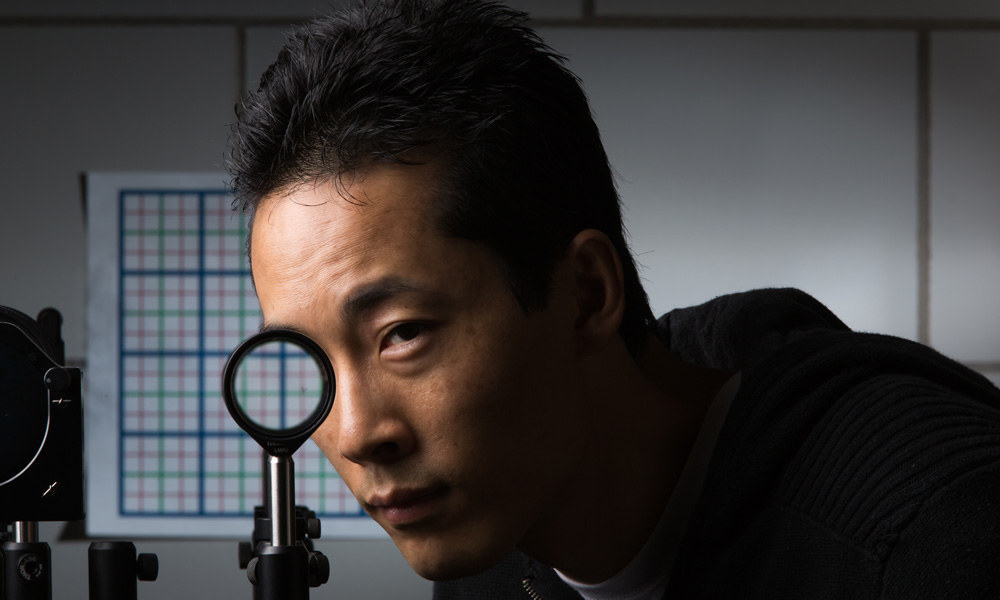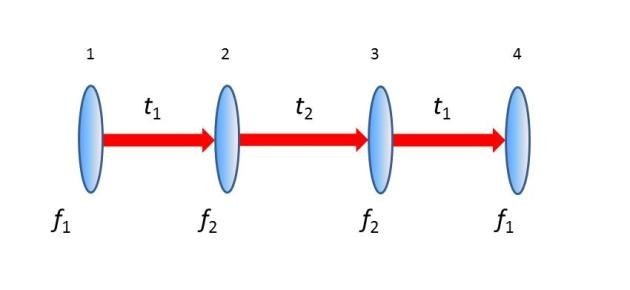Cloaking Devices
Seems like science fiction right? Perhaps it's not as crazy you thought. Scientists are now finding ways to make real objects seemingly vanish into thin air! Check it out.
Surprisingly, this new cloaking device is not the first successful attempt at invisibility. In fact, there have been several high tech designs produced utilizing high-tech and exotic materials. Most notably, these include the "3D Printed Invisibility Cloak" and the "Invisibility Device" both produced by Duke University. However, these invisibility devices have been both complicated and expensive. Now, scientists at the University of Rochester have developed a solution that is simple, and could cost less than your average computer.

"There've been many high tech approaches to cloaking and the basic idea behind these is to take light and have it pass around something as if it isn't there." said John Howell, a professor of physics at the University of Rochester. Instead Howell and graduate student Joseph Choi have figured out how to use just 4 standard lenses to make objects disappear from multiple viewing angles.

Their 4 lens cloaking device allows the objects behind it to remain hidden from several angles allowing for 3 dimensional multidirectional viewing. Many of the more complicated cloaking models only work when viewed straight on from an optimal viewing location. The Rochester Device allows the viewer to move side to side at varying viewing distances and see the same result. Another advantage of the new Rochester Cloaking Device is its ability to produce a crystal clear image, rather than slightly distorting the background image.

The current form of the device works more to hide an object behind it rather than cloak it. So, while it is not quite Harry Potter's invisibility Cloak or James Bond's Aston Martin there are many potential future applications. Howell and Choi both envision their system being refined for use by surgeons in order to see past their hands or for truckers to see through their blind spots among other applications.

In order to produce the cloaking effect the scientists determined the number of lens needed, their power and type, as well as calculated the precise distances needed between them. Using this information, they were able to bend the light around the object making it appear invisible. They tested the system by aligning the lenses in front of a grid background. As they shifted their viewing angle they observed that the grid shifted accordingly with no distortion or interruption of the image.

Make Your Own Rochester Cloak!
Rochester University has even provided instructions for producing your own simple cloaking device!
1- Purchase 2 sets of 2 lenses with different focal lengths f1 and f2 (4 lenses total, 2 with f1 focal length, and 2 with f2 focal length)
2-Separate the first 2 lenses by the sum of their focal lengths (So f1 lens is the first lens, f2 is the 2nd lens, and they are separated by t1= f1+ f2).
3-Do the same in Step 2 for the other two lenses.
4-Separate the two sets by t2=2 f2 (f1+ f2) / (f1— f2) apart, so that the two f2 lenses are t2 apart.
Notes:
-Achromatic lenses provide best image quality.
-Fresnel lenses can be used to reduce the total length (2t1+t2)
-Smaller total length should reduce edge effects and increase the range of angles.
-For an easier, but less ideal, cloak, you can try the 3 lens cloak in the paper.
The Rochester Cloak Explained
View this video on YouTube
Here is Rochester University's description of their device.
-Researchers at the University of Rochester Create a Three-dimensional,Transmitting, Continuously Multidirectional Cloaking Device


